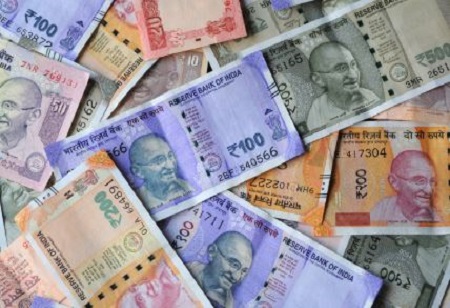
According to dealers, the rupee held its own on Thursday, likely due to action taken by the Reserve Bank of India (RBI) in the foreign exchange market through dollar sales, after the United States imposed an additional 25 per cent tariff on India's exports of goods yesterday. India now has to deal with the highest possible US tariff of 50 per cent, along with Brazil.
The additional tariff is effective from 28 August. The local currency settled at 87.71 per dollar, virtually unchanged from the previous close of 87.74 per dollar. “USDINR needs to close above the 87.95–88.00 per dollar zone to confirm that a fresh up-move is emerging. However, considering the recent moves, it appears that the central bank is committed to preventing the rupee from depreciating further,” said Abhishek Goenka, chief executive officer at IFA Global. An additional 25 per cent tariff was imposed on Indian goods by US President Donald Trump, citing ongoing imports of Russian oil by India. The total duty on select Indian exports is effectively raised to 50 per cent by the move.
Also Read: UK-India Trade Deal Set to Boost Punjab's Industries
“The economic impacts of the tariffs are a concern, with potential downward revisions to India’s GDP growth forecast due to the heightened trade tensions. Thus, the Indian rupee today is under pressure but remains steadied by central bank intervention and sectoral dynamics in the Indian economy,” said Anil Kumar Bhansali, head of treasury, Finrex Treasury Advisors. “The RBI intervened, while foreign investors were on the selling side,” said a dealer at a state-owned bank. “They are intervening in the non-deliverable forwards (NDF) market too, otherwise the rupee would have fallen below 88 per dollar in the previous week,” he added.
We use cookies to ensure you get the best experience on our website. Read more...